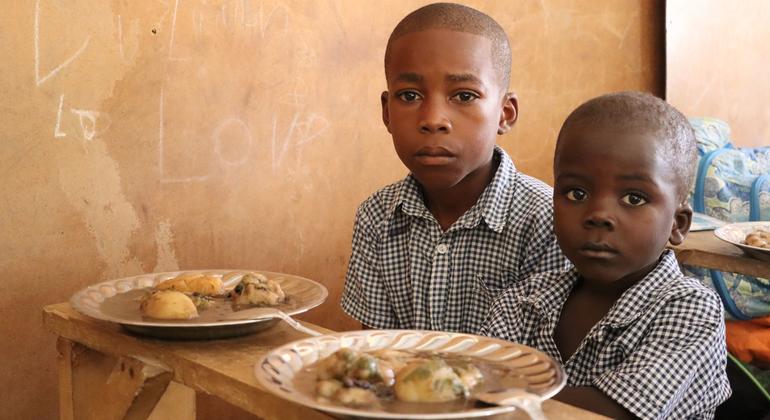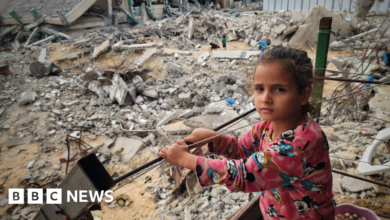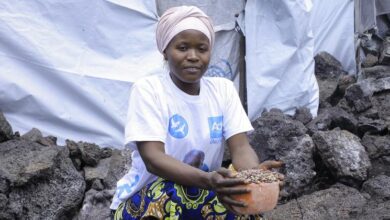Food agencies warn that ‘catastrophic’ famine continues in many countries


“Without immediate humanitarian action and coordinated efforts to overcome severe access restrictions and resolve ongoing conflicts, Further famine and death are possible,” on these five hunger hotspots, warned the Food and Agriculture Organization (FAO) and the World Food Program (WFP).
In a new report designed to focus on humanitarian action to prevent and respond to such crises, the Food and Agriculture Organization (FAO) and the World Food Program (WFP) note that famine has been declared in North Darfur Camp Zamzamwhile other areas of the war-torn country remain at risk of famine.
in GazaUN agencies point to a “persistent risk of famine” there, linked to a lack of aid access after the outbreak of war more than a year ago, along with life-threatening chronic hunger in Haiti, Mali and South Sudan.
A ceasefire has never been more urgent
“If we want to save lives and prevent severe hunger and malnutrition, we urgently need a humanitarian ceasefire,” said QU Dongyu, Director General of FAO. The FAO chief emphasized the need for Palestinians to have access to nutritious food and be allowed to begin local food production once again.
Echoing that call, WFP Executive Director Cindy McCain said it was “It’s time for world leaders to take action and work with us to reach the millions at risk of starvation.; bring diplomatic solutions to conflicts, use their influence to help humanitarians work safely, and mobilize the resources and partnerships needed to prevent global famine bridge is going on.”
Famine warning for 22 countries
In general, 22 countries are considered “famine hotspots”; they expect to see famine levels “increase in scale and severity” due to conflict, economic crisis and climate shocks – especially from the La weather phenomenon Niña is “lurking”, its impact on the climate in already vulnerable areas is expected to unfold between now and then. March 2025.
Weather agencies have warned that La Niña will likely disrupt rainfall, affecting agriculture “in many hunger hotspots.” The FAO/WFP report also notes that La Niña increases the risk of flooding in Nigeria, South Sudan and other southern African countries. It is also likely to bring drier-than-average conditions to Ethiopia, Kenya, Somalia, “further endangering already fragile food systems.”
Without “immediate” support in all 22 countries and territories at risk – including increased funding for food and livelihoods support, Hundreds of thousands more people are expected to face starvation in the coming months maintained by United Nations agencies.
In addition to the five countries of highest concern – Haiti, Mali, OPT, South Sudan and Sudan – Chad, Lebanon, Mozambique, Myanmar, Nigeria, Syria and Yemen remain hotspots of grave concern, “with some Large numbers of people are facing severe acute conditions.” The UN report highlights food insecurity, which, along with worsening causes, is expected to further increase life-threatening conditions in the coming months.”
New famine hot spot
New hotspots of acute hunger added to the UN report since the last update in June were Kenya, Lesotho, Namibia and Niger. This is partly due to the impact of extreme climate events, along with conflict, economic instability and reduced funding for emergency food and agriculture assistance. “Immediate and large-scale intervention is needed to prevent further deterioration in these already vulnerable areas,” the report’s authors emphasize.




